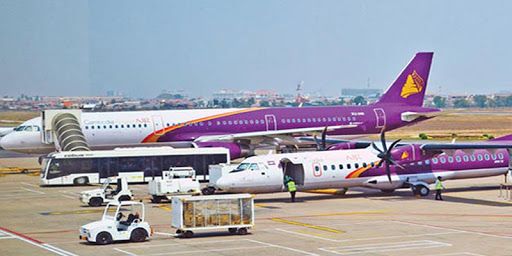Thailand has continued to implement its policy of gradual liberalization of international air transport, at a pace and in a manner adapted to the country’s needs and circumstances, according to a report from the World Trade Organization (WTO).
It maintains 105 air transport services agreements with its trading partners, most of which cover up to fourth freedom rights and provide different restrictions depending on destination, designation and capacity, taking due account of the interests of all. stakeholders, evolving business environment and infrastructure requirements.
Under the ASEAN Multilateral Agreement on Air Services, Thailand grants and enjoys up to fifth freedom rights, consisting of unlimited passenger and cargo traffic between cities in the ASEAN region with international airports.
Multiple designated carriers are permitted, provided they meet the criteria of substantial ownership and effective control or over the principal domicile of the business and effective control.
Air Transport
Cabotage is not allowed in Thailand. Those who wish to provide air transport services as a «national airline» (that is, as a Thai carrier) must obtain two different authorizations from CAAT: an air services operating license, to carry out commercial activities, and an air operator certificate, relative to security issues.
Carriers wishing to apply for an air services operating license (to be considered Thai carriers) cannot have a foreign share of more than 49%, and at least 51% of the members of their board of directors must be Thai citizens.
As of June 2020, there were 42 holders of air service operating licenses, and approximately 10 of them were partially owned by foreign capital.
Thai government
The authorities have indicated that there is no policy that requires government-financed passenger and cargo transportation to be carried out by domestic carriers.
The time slots (slots) for the arrival and departure of aircraft at airports with a lot of traffic are managed by the CAAT slot coordinator.
Likewise, the rule applied by the CAAT to manage these slots came into force on January 1, 2020 and is based on the World Slot Guidelines of the International Air Transport Association (IATA).
According to the rule, slots must be allocated in a neutral and non-discriminatory way.
When allocating these slots, historical precedence is taken into account, although priority (namely 50% of the pool of slots reserve fund) is given to airlines that have the status of » new entrants «.
Slots, other than those assigned to new entrants, can be transferred within the same airline (or between parent company and subsidiaries) and can be exchanged and shared by airlines. Those that are not used must be returned to the time slot reserve fund.
In the busiest airports (those of level 3) a mandatory allocation of slots is applied, that is, carriers must obtain a time slot before operating in them. Currently, five airports are classified as level 3 airports, and all of them are international airports.
Main indicators of air transport, 2015-2019
![]()

